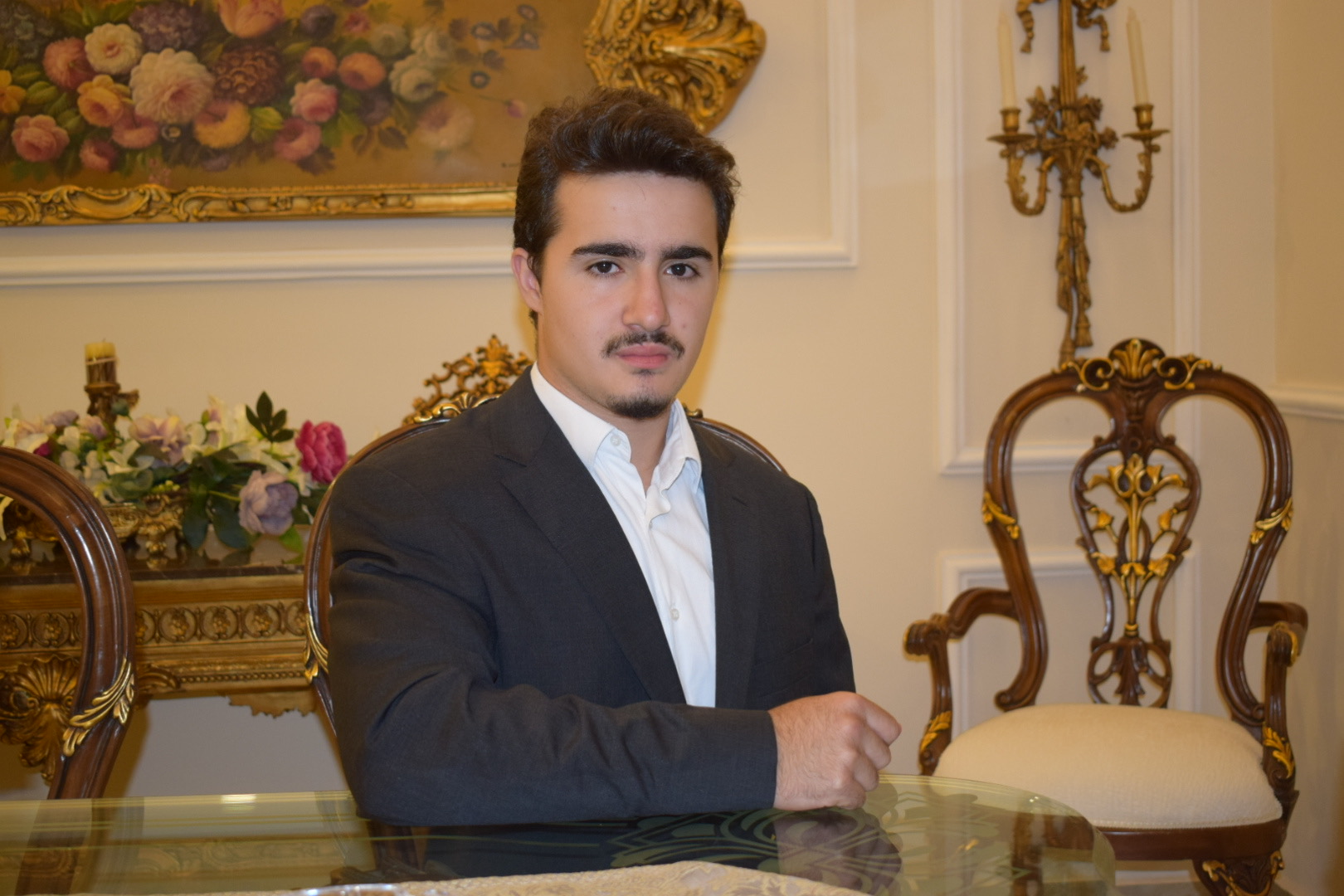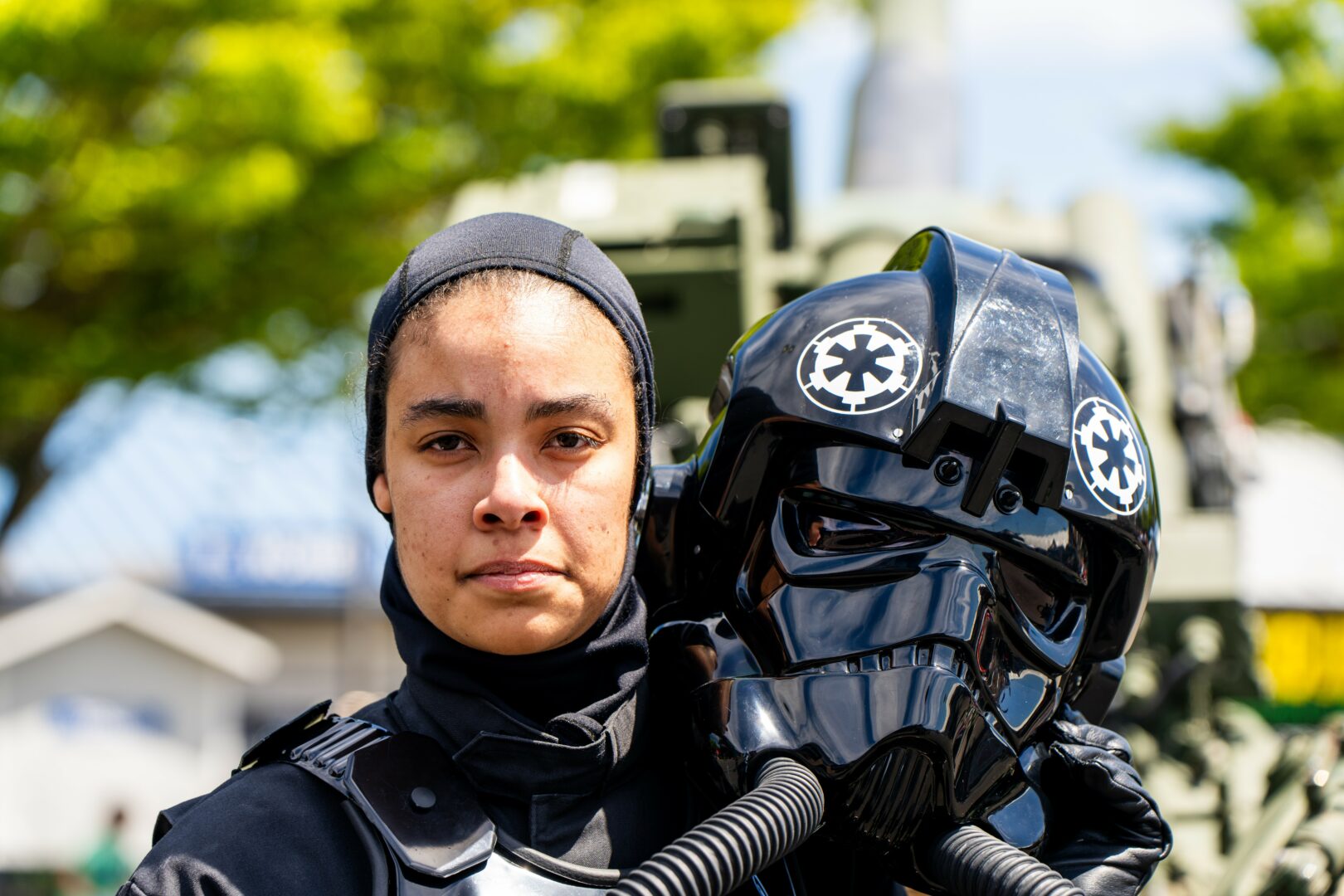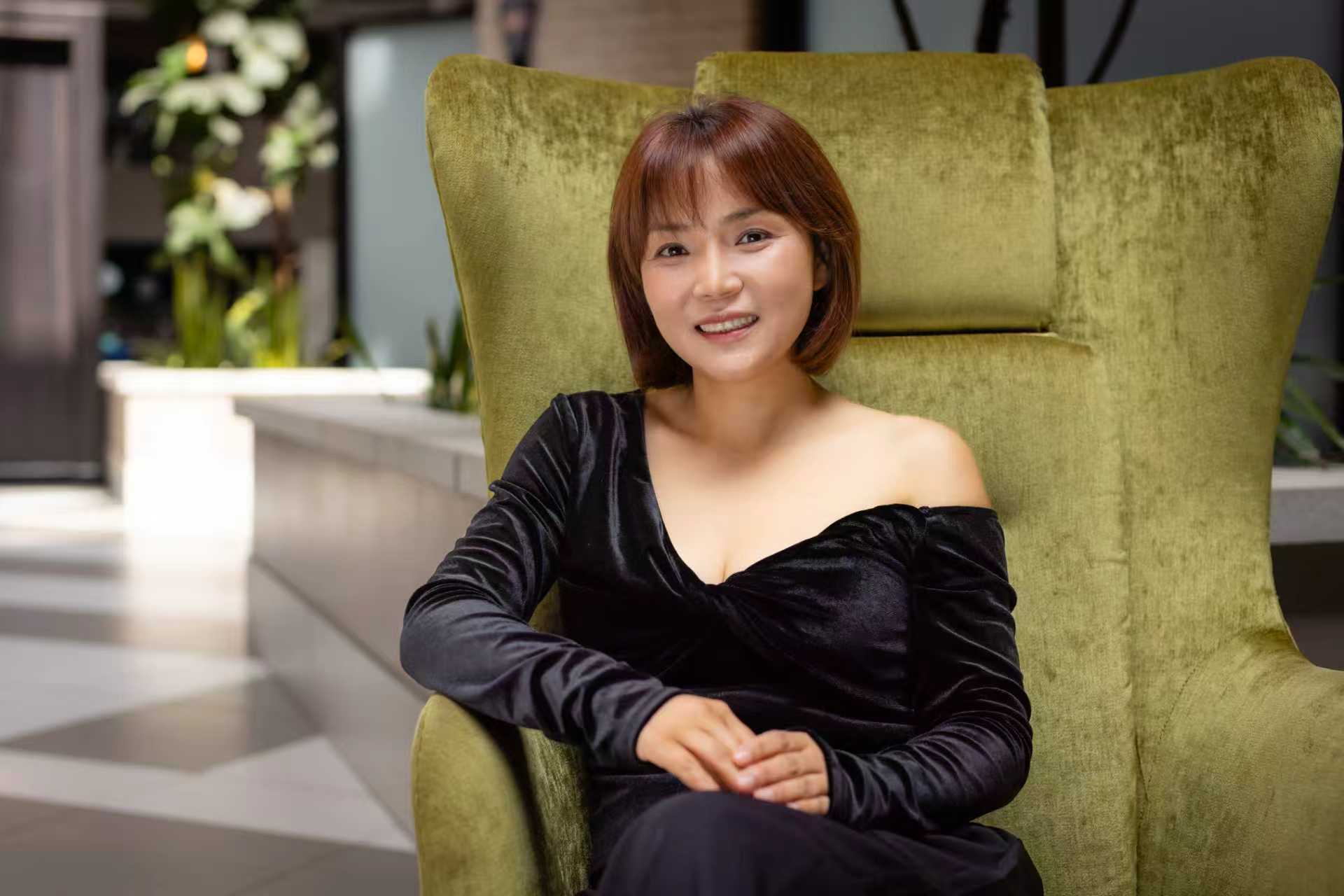Alright – so today we’ve got the honor of introducing you to Clancy Weaver. We think you’ll enjoy our conversation, we’ve shared it below.
Hi Clancy, really happy you were able to join us today and we’re looking forward to sharing your story and insights with our readers. Let’s start with the heart of it all – purpose. How did you find your purpose?
Growing up in Georgia, I was always immersed in deeply rich and diverse ecosystems. From the dense forests in the Appalachian Foothills, to seeing the coastal marshes down in Brunswick, I spent countless hours of my childhood outside and exploring what I could, captivated by the intricate beauty of insects, plants, and animals. I believe that this early connection I had to the outdoors fostered an appreciation for our wildlife that I was able to communicate through my artwork through Scientific Illustration. I wanted to capture the delicate details of these organisms to help others appreciate their significance in maintaining the balance of ecosystems. I feel like one of the greatest strengths in Scientific Illustration is allowing my audience to get close and see the fine details of things they’d either never see close-up, or are too afraid to approach.


Thanks for sharing that. So, before we get any further into our conversation, can you tell our readers a bit about yourself and what you’re working on?
I am an illustration student at the Savannah College of Art and Design currently studying the art of scientific illustration. I am passionate about promoting environmental literacy and conservation in my work by illustrating the plants and animals people can find in their backyards, their communities, and all over the planet. I’ve had the unique opportunity to network and collaborate at places like the Systematic Entomology Lab at the Smithsonian in Washington, DC, and the Skidaway Institute of Oceanography right here in Georgia. These experiences allow me to work behind the scenes, where I can closely observe and draw my subjects in ways that bring their intricate details to life.
I’ve recently been able to showcase my artwork at the Gray’s Reef Ocean Discovery Center here in Savannah where my work hangs alongside interactive exhibits so visitors can learn more about the marine wildlife we can find off of the Georgia Coasts.
I also have the privilege of being a member of the Guild of Natural Science Illustrators (GNSI). We are a professional organization dedicated to advancing and promoting the field of scientific illustration. A lot of us are illustrators, educators, and researchers who use art to communicate scientific knowledge in a clear and engaging way.
Most of my recent work has been specifically centered on insects! I’m currently working through a list of illustrated beetles that I feel resemble glass mosaics with their bright patterns and colors. I’m really excited to share the final poster soon.


If you had to pick three qualities that are most important to develop, which three would you say matter most?
My whole life I have always had a very close attention to detail. Scientific illustration requires an extraordinary focus on accuracy and precision, capturing the fine details of organisms and environments. To develop this, I recommend practicing observational drawing frequently, paying close attention to form, texture, and proportion. Use reference materials and, if possible, work directly with specimens. The more you work on your eye for detail, the better you’ll communicate the details of your subjects.
I also feel like an existing understanding and knowledge of natural science were impactful. Even as a child I was very curious about the world that existed in my backyard. This early curiosity helped me develop the patience and discipline needed to carefully study and depict complex forms in my art. By combining my passion for nature with art, I learned to translate scientific knowledge into illustrations that both inform and inspire.
Lastly, patience and persistence are a must! Developing the skills necessary for scientific illustration takes time and practice. Being patient with your progress and persistent in improving your craft. I suggest setting small, attainable goals and dedicating time each day to practice or research. Over time, this steady commitment will build both your technical abilities and your confidence. I do a lot of my work digitally where I can zoom in and really focus on those small painstaking details. It’s become more of a meditation than a nuisance to me now.


Okay, so before we go we always love to ask if you are looking for folks to partner or collaborate with?
Yes!! I’m always looking to collaborate with other scientific illustrators who share a passion for educating the public about the insects and animals found in our ecosystems and communities. If you are someone who is driven to visually communicate the importance of biodiversity and conservation, I’d love to connect! I’m especially interested in partnering with those who focus on promoting environmental literacy and conservation through detailed, accurate illustrations that engage and inform diverse audiences.
Whether you specialize in entomology, zoology, or ecology, or simply share an interest in depicting nature’s complexity, working together can expand our reach and impact. We can collaborate on projects like educational materials, exhibitions, or outreach programs that help people understand the critical roles these organisms play in maintaining the balance of ecosystems.
Through our work we can motivate people to stay informed about our environments and urge them to protect them.
If this resonates with you and you’re interested in working together, please feel free to reach out! Let’s join forces to create meaningful work that inspires others to appreciate and protect the natural world.
The best way to reach me is by email at [email protected].
Contact Info:
- Website: https://www.clancyweaver.com
- Instagram: https://www.instagram.com/tiramisoou?utm_source=ig_web_button_share_sheet&igsh=ZDNlZDc0MzIxNw==
- Linkedin: https://www.linkedin.com/in/clancy-weaver-044786223/


so if you or someone you know deserves recognition please let us know here.




